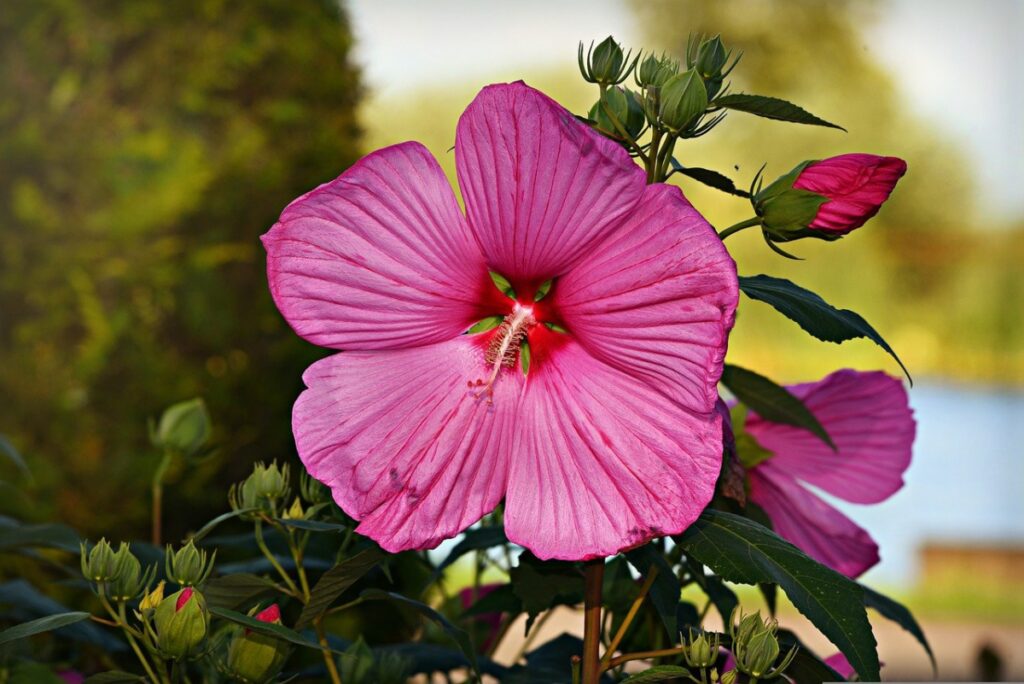Gardening is a great way to engage with family members and teach children about life and responsibility. However, it can be difficult to sort through potential plants to grow, especially when considering the various toxic plants that could accidentally be considered.
Luckily, we have a few safe suggestions to help you bring the family together when growing your next garden.
Plants to Grow with Children
Each of these easy-to-grow plants has the additional benefit of having unusual shapes, colors, or textures, emitting pleasant scents, or other ways they’ll stimulate the senses:
Lamb’s Ear
This plant’s unique texture will appeal to anyone who comes across it. The leaves are known for their fuzzy texture, a texture similar to a lamb’s ear, hence the name. Plus, the vibrant purple flowers it produces will add an amazing pop of color to the garden.
These plants grow best in USDA hardiness zones 4 through 9, require well-draining and acidic soil, and are full to partial sunlight. However, it’s essential to give the plant enough room to grow. When mature, the lamb’s ear can be up to 18 inches tall and 12 inches wide.
The perennial plant will thrive in poor soil, is drought-tolerant, and even deer-resistant, making it a perfect addition to any garden. But it’s important to water the plant from the base — any overhead watering can lead to fungal diseases and rot.
Viola
These plants thrive in USDA zones 3 through 8. Additionally, it’s important to find a location where the plant will receive full to partial sunlight and can be placed in well-draining, loamy, and acidic soil.

Hollyhock
The gorgeous blooms produced by hollyhocks will delight the whole family. Plus, these plants are easily grown from seeds, allowing children to see the entire process of each stage in a plant’s life — from seed to sprout, then budding and flowering.
Hollyhocks come in varieties that produce blooms either white, pink, red, yellow, or purple in color. When mature, these plants can reach up to 8 feet tall and 2 feet wide.
For the best results, grow the hollyhock within USDA zones 2 through 10. Gardeners should also make sure to place the plants in moist, well-draining soil with acidic to alkaline pH levels. Finally, to ensure the plants thrive, gardeners should find a location where the plant can receive full sunlight.
More Information
Looking for more information to help your garden thrive? Then make sure to check out our blog here; then, make sure to follow us on Facebook and Twitter. This will help ensure you stay informed and up-to-date on the latest gardening information.
